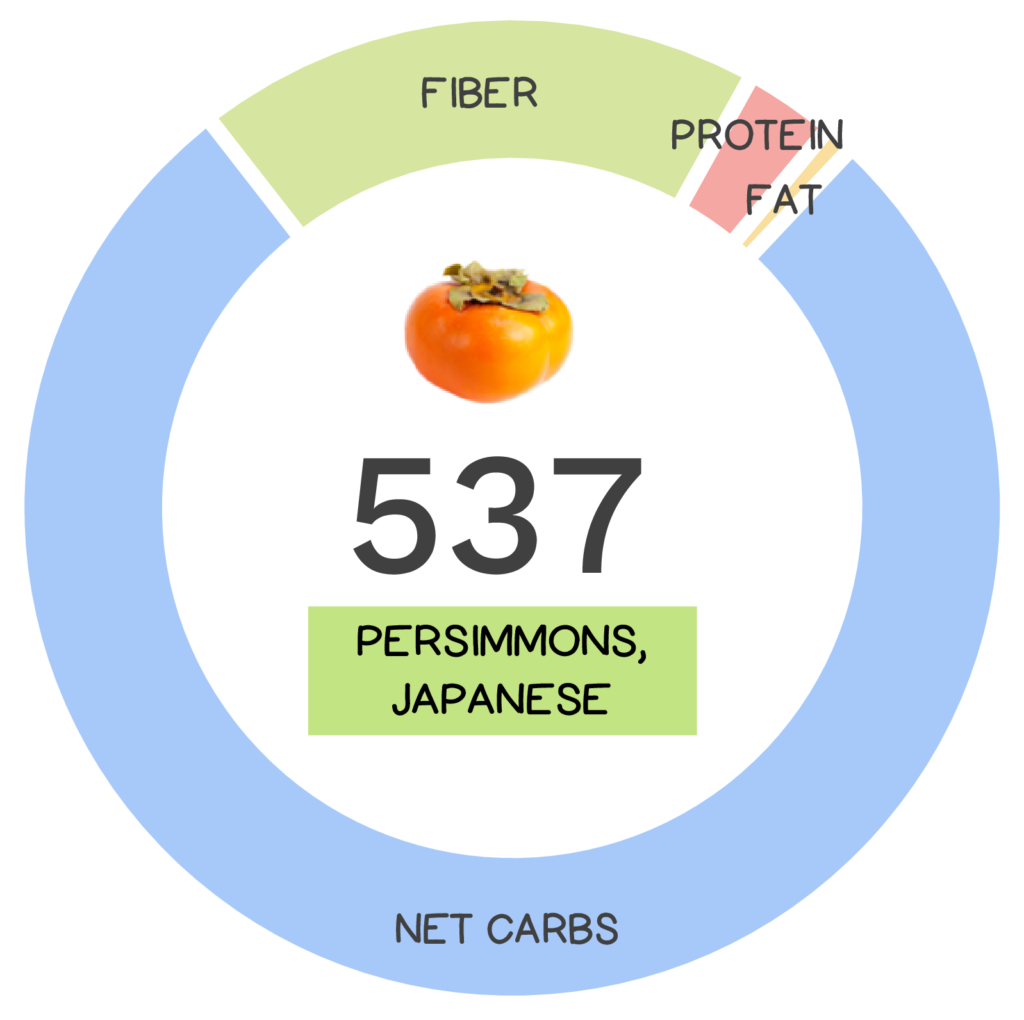
Though not as commonly consumed in the United States, where bananas, apples and strawberries reign supreme when it comes to fruit, the persimmon is in fact one of the most commonly grown fruit trees in the world! In case you’re unfamiliar with them, these brightly colored fall fruits, which are technically berries, range in color from light to dark orange, and are similar in size to a peach, with a tomato-like appearance, and a delicately sweet flavor. If you haven’t tried them yet, you could say this fruit is worth becoming a ‘persimmon’ of interest in your kitchen! (Groan)
There are 2,000 varieties of persimmons, including American persimmons, native to Eastern USA, and Japanese persimmons, native to Asia.
World-wide there are nearly 2,000 varieties of this fruit, derived from trees in the genus Diospyros, including American persimmons (Diospyros virginiana) native to the Eastern US and Japanese persimmons (also known as Oriental or Chinese persimmons), which are native to (you guessed it) Asia. Persimmons were first cultivated in China over 2,000 years ago before being introduced to Japan in the 7th century, where they are now the country’s national fruit. Commercially, only the Oriental varieties are available and are categorized into two main types – non-astringent and astringent (meaning they have a bitter taste that leaves the mouth feeling dry). This is consistent with the fact that the word ‘persimmon’ is derived from an Algonquin language meaning “a dry fruit”. The main difference between the two is that astringent persimmons are inedible until they are fully ripe and soft, while non-astringent varieties can be eaten hard or soft. The most well-known examples in American super-markets are Fuyu (non-astringent) and Hachiya (astringent).
Only Japanese persimmons are available commercially; they are categorized into two main types – non-astringent (ex. Fuyu) and astringent (ex. Hachiya).
Today, by far, China is the world’s largest producer, accounting for 75% of the world’s supply! However, this fruit was introduced into California in the 19th century where now 10,000 tons of Fuyu are produced each year. Not only is this fruit tasty to eat, it can also foretell the future! According to folklore, winter weather can be predicted based on the shape of the kernel inside the persimmon seed! For instance, a spoon shape means there will be lots of snow to shovel. Not sure how accurate it’s weather-predictions are, but this fruit, who’s genus name Diospyros is Greek for “food of the gods,” is definitely worth a try!
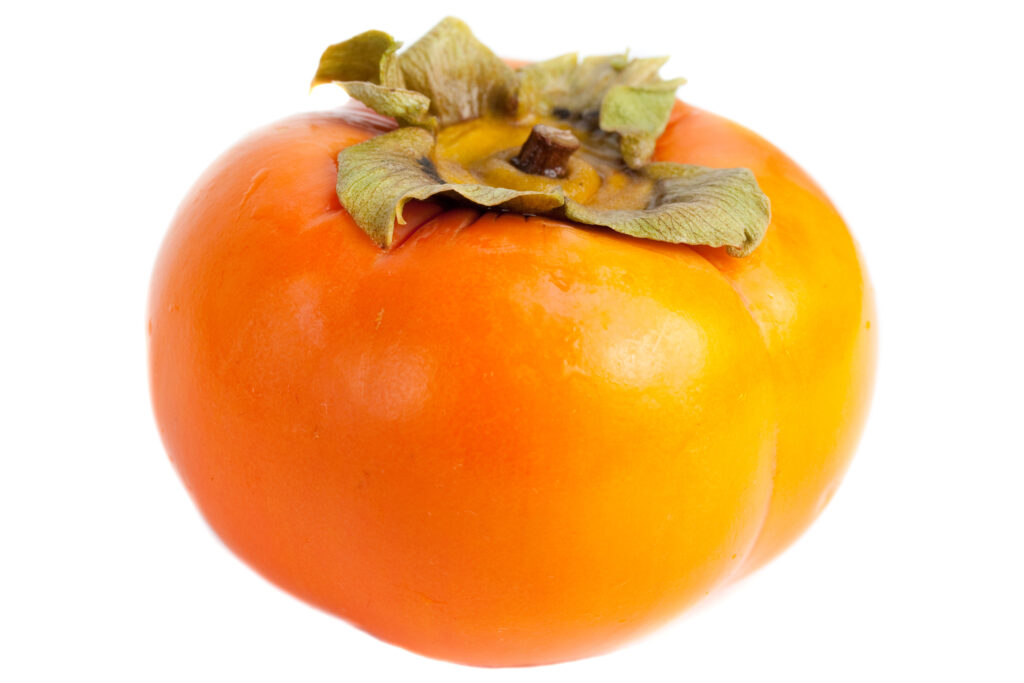
Nutrivore Score for Japanese Persimmon – 537
Japanese persimmon has a Nutrivore Score of 537, making it a high nutrient-dense food! Plus, it is a low-calorie-density food; the calorie count of Japanese persimmon is 118 calories per cup!
Per serving, Japanese persimmon is a best source (>50% daily value) of carotenoids, polyphenols, and vitamin C; an excellent source (20-50% daily value) of copper, dietary fiber, and manganese; and a good source (10-20% daily value) of vitamin A, vitamin B6 (pyridoxine), and vitamin B7 (biotin).
Ditch Diets. Embrace Nutrients. Start with this FREE Guide.
Sign up for the free Nutrivore Newsletter, your weekly, science-backed guide to improving health through nutrient-rich foods — without dieting harder —and get the Beginner’s Guide to Nutrivore delivered straight to your inbox!

Japanese Persimmon Nutrition Facts
One serving of Japanese persimmon is standardized to 1 cup, diced or about 168 grams (5.9 ounces), which is roughly equivalent to 1 whole fruit (2 1/2 inch diameter).
Japanese Persimmon Nutrition Facts Per Serving
| Japanese persimmon, raw | Nutrivore Score: 537 | Nutrient Density: High |
|---|---|---|
| Serving Size: 1 cup, diced (168 grams) | Protein: 1.0 grams | Net Carbohydrates: 25.2 grams |
| Calories: 118 | Total Fat: 0.3 grams | Dietary Fiber: 6.0 grams |
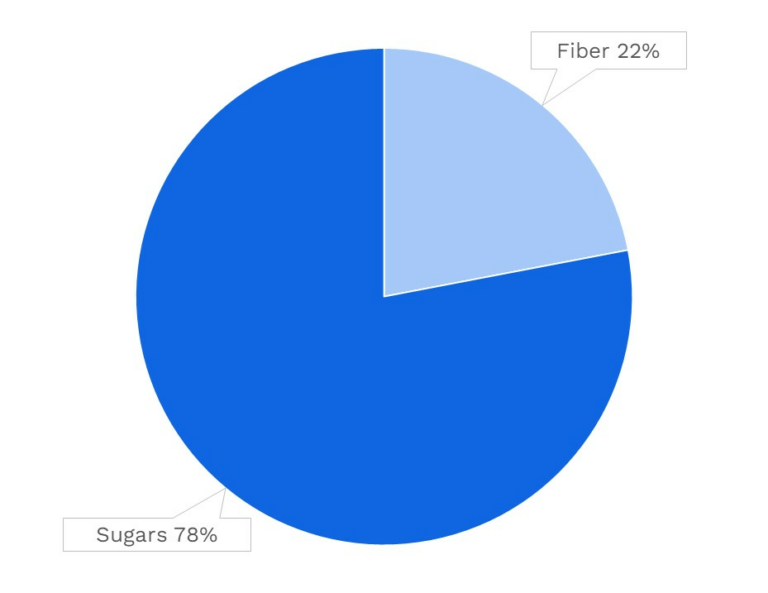
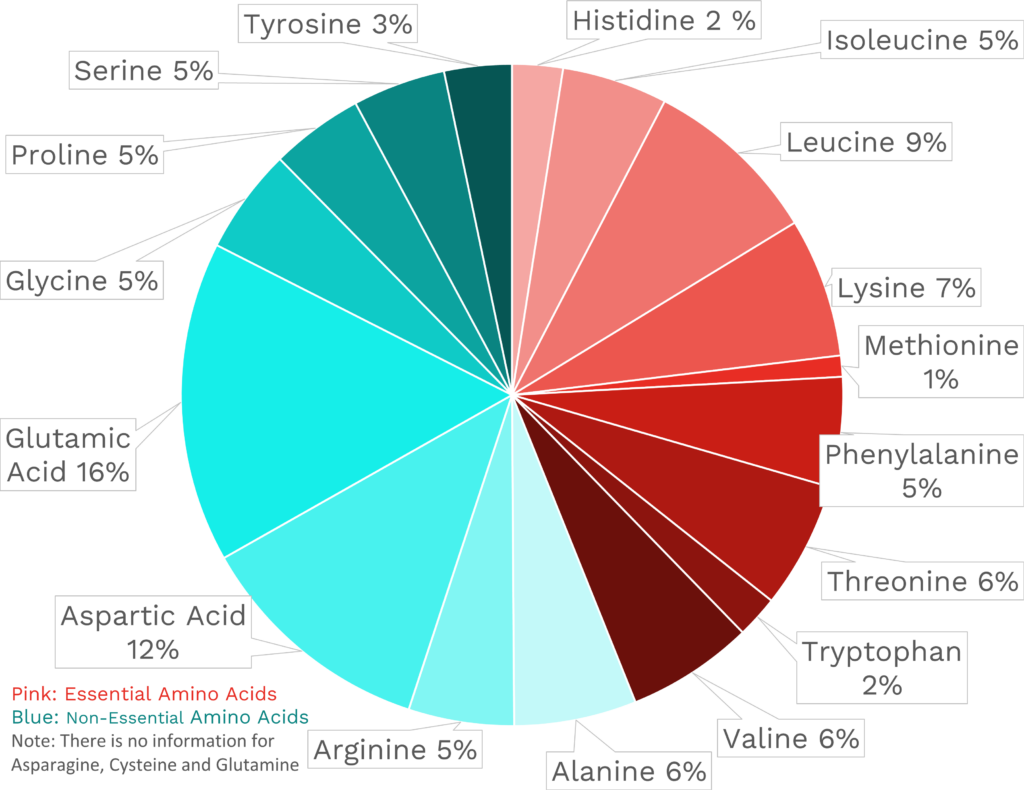
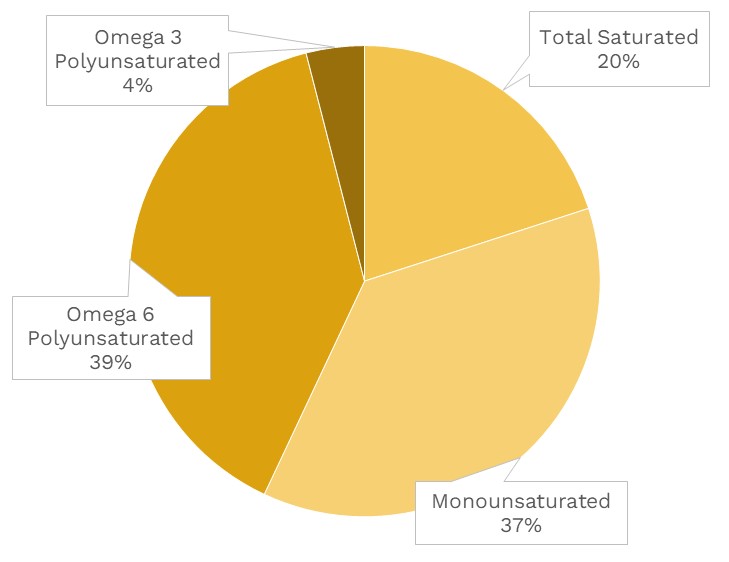
| Vitamin A | 136.1 μg RAE | 15% DV |
| Vitamin B1 (Thiamin) | 50.4 μg | 4% DV |
| Vitamin B2 (Riboflavin) | 33.6 μg | 3% DV |
| Vitamin B3 (Niacin) | 0.2 mg | 1% DV |
| Vitamin B5 (Pantothenic Acid) | ~ | ~ |
| Vitamin B6 (Pyridoxine) | 168.0 μg | 10% DV |
| Vitamin B7 (Biotin) | 3.4 μg | 11% DV |
| Vitamin B9 (Folate) | 13.4 μg | 3% DV |
| Vitamin B12 (Cobalamin) | 0.0 μg | 0% DV |
| Vitamin C | 212.5 mg | 236% DV |
| Vitamin D (D2 + D3) | 0.0 μg | 0% DV |
| Vitamin E | 1.2 mg | 8% DV |
| Vitamin K | 4.4 μg | 4% DV |
| Choline | 12.8 mg | 2% DV |
| Myo-Inositol | ~ | ~ |
| CoQ10 | 0.1 mg | ~ |
| Calcium | 13.4 mg | 1% DV |
| Copper | 189.8 μg | 21% DV |
| Iodine | ~ | ~ |
| Iron | 0.3 mg | 1% DV |
| Magnesium | 15.1 mg | 4% DV |
| Manganese | 596.4 μg | 26% DV |
| Phosphorus | 28.6 mg | 2% DV |
| Potassium | 270.5 mg | 6% DV |
| Selenium | 1.0 μg | 2% DV |
| Sodium | 1.7 mg | 0% DV |
| Zinc | 0.2 mg | 2% DV |
| Carotenoids | 4524.2 μg | ~ |
| Polyphenols | 1540.2 mg | ~ |
| Phytosterols | ~ | ~ |
| Glucosinolates | ~ | ~ |
| Thiosulfinates | ~ | ~ |
| Betalains | ~ | ~ |
| Taurine | ~ | ~ |
| Ergothioneine | 0.1 mg | ~ |
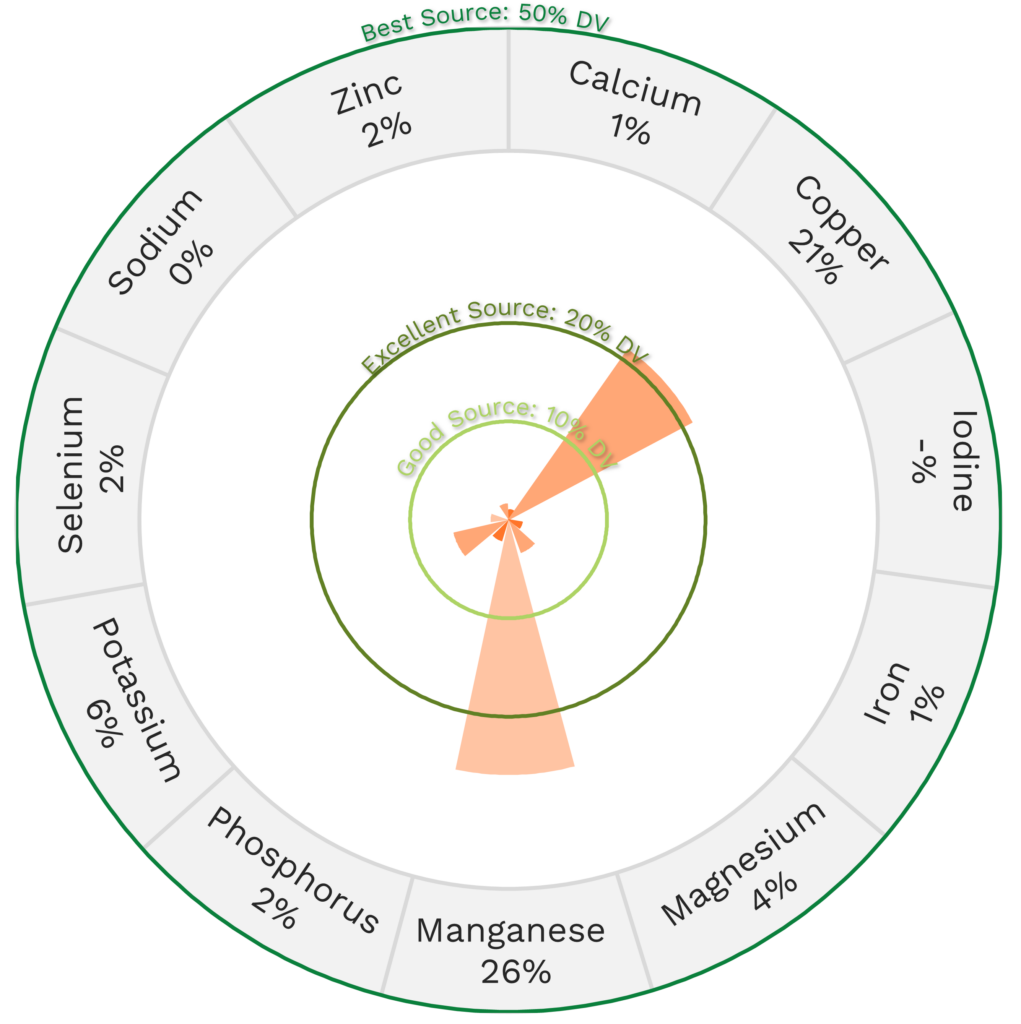
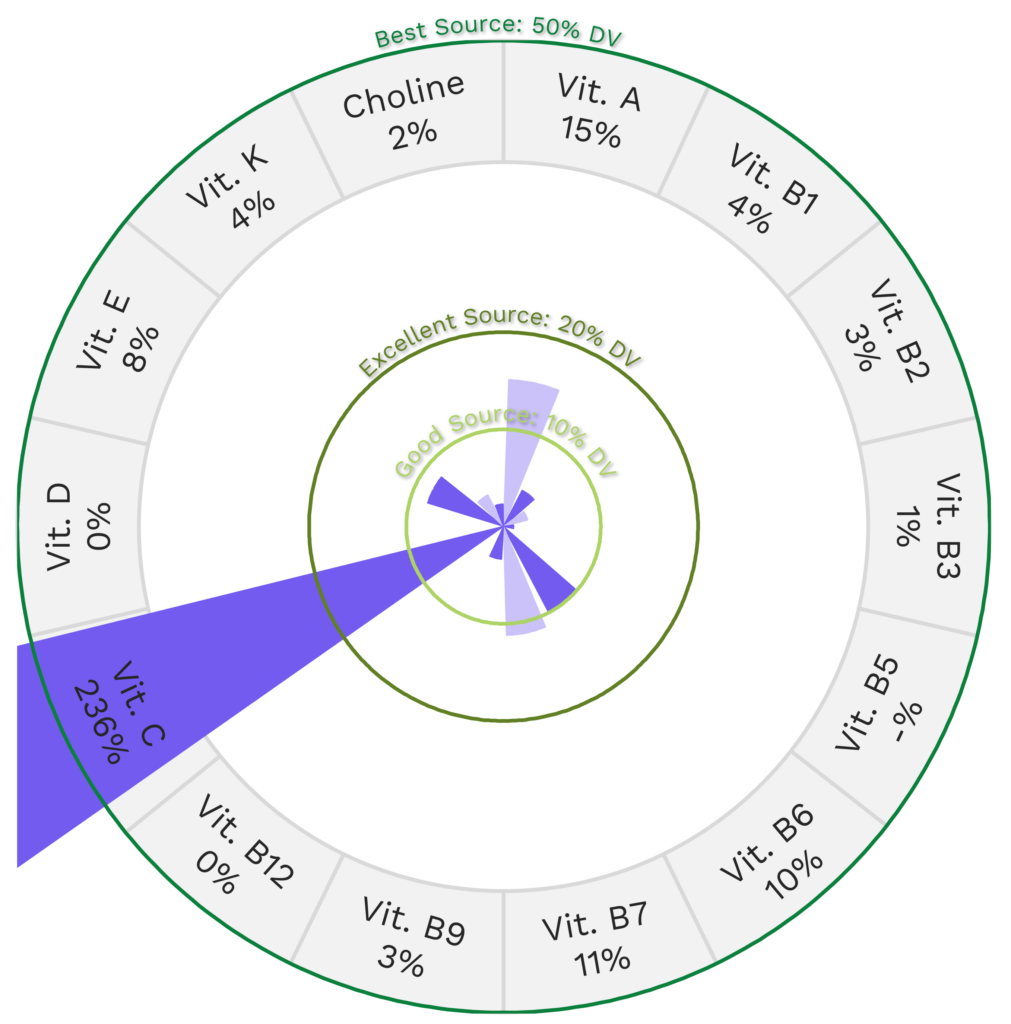
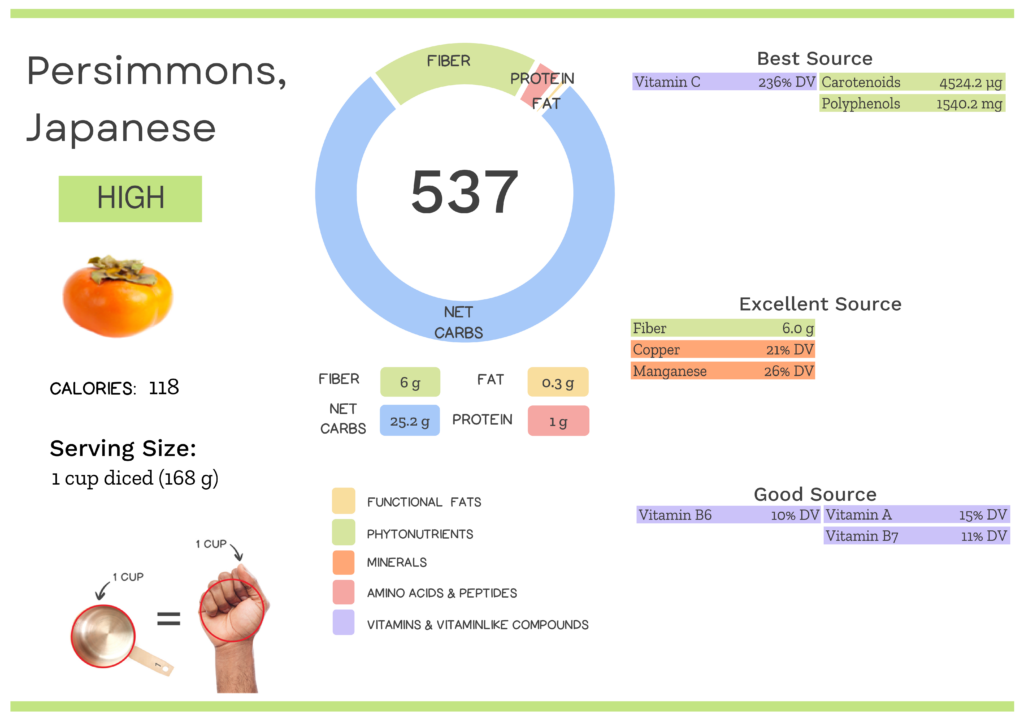
Japanese Persimmon Nutrition Varies With Processing
The Nutrivore Score of persimmon varies depending on processing. If fresh persimmons aren’t available, dried persimmons are a great alternative.
| NUTRIVORE SCORE | |
|---|---|
| Japanese persimmon, dried | 485 |
| Japanese persimmon, raw | 537 |
Persimmon Nutrition Varies With Variety
World-wide there are nearly 2,000 varieties of persimmons, divided into two main categories – non-astringent and astringent. Each variety has its own unique appearance, flavor, and nutrient profile, which means their Nutrivore Scores also vary. Try incorporating different types into your diet to fully benefit from all the nutrition this fruit has to offer!
| NUTRIVORE SCORE | |
|---|---|
| Japanese persimmon, raw | 537 |
| Native persimmon, raw | 292 |
Did you find all the nutrition in persimmons sweet? Maybe your friends will too!
Health Benefits of Japanese Persimmon Nutrients
Let’s take a closer look at all of the best and excellent source of nutrients found in a 1-cup serving of Japanese persimmon and see how they benefit our health.
Japanese Persimmon Provides 236% DV Vitamin C
Japanese persimmon is a phenomenal source of vitamin C, providing a whopping 236% of the daily value per 1-cup serving!
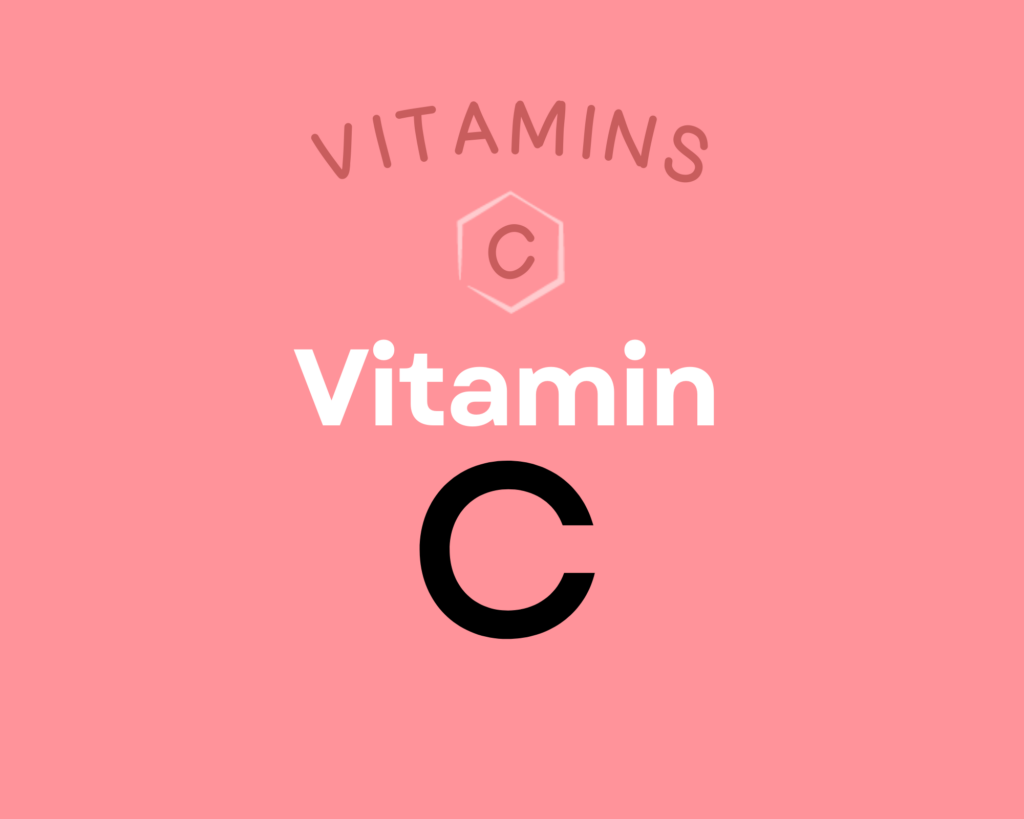
Vitamin C is a water-soluble vitamin that has powerful antioxidant properties (meaning it can help combat oxidative damage from free radicals and reactive oxygen species) and that serves as an enzyme cofactor (meaning it’s needed for enzymes to do their job, for example vitamin C is necessary for collagen synthesis, which is essential for bones, joints, teeth, blood vessels, skin and eyes) and playing important roles in immune system and skin health. Higher intakes of vitamin C are linked to reduced risk of heart disease, some forms of cancer, type 2 diabetes, cataracts, age-related macular degeneration, and gout. Vitamin C can also help regulate the stress response and reduce anxiety, and there’s preliminary evidence that it may also help prevent Alzheimer’s disease. Learn more about vitamin C here.
Japanese Persimmon Provides 1540.2 mg of Polyphenols
Japanese persimmon is a best source of polyphenols, providing 1540.2 mg of polyphenols per 1-cup serving!
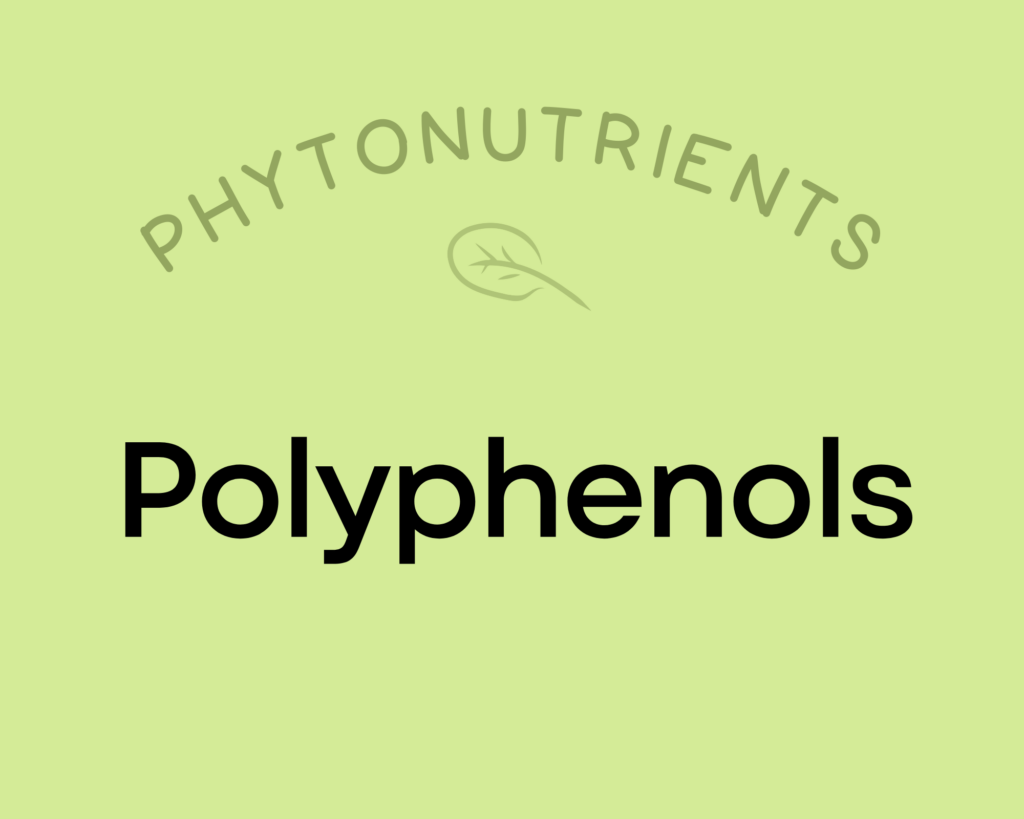
Polyphenols play a huge role in protecting against cancer, heart disease, diabetes, asthma, osteoporosis, neurodegenerative diseases, and other conditions associated with oxidative stress. In fact, a major reason foods like red wine and olive oil (as well as diets rich in both, such as the Mediterranean diet) show up as so beneficial may be due to their high polyphenol content! Along with chronic diseases, supplementing with polyphenols has been shown to protect against infections and reduce the signs of aging. Polyphenols exert their most potent effects by acting as antioxidants—preventing cellular damage by neutralizing hazardous oxygen radicals and improving cellular health as a result (which, in turn, benefits virtually every system in the body). As a result of their antioxidant properties, polyphenols also boost the immune system and protect against both chronic and acute diseases. In addition, polyphenols can help regulate enzyme function, stimulate cell receptors, modulate the functions of inflammatory cells (including T and B lymphocytes, macrophages, platelets, and natural killer cells), alter adhesion molecule expression, affect nerve cells and cardiac muscle cells, and exert antiviral effects. Learn more about polyphenols here.
Japanese Persimmon Provides 4524.2 μg of Carotenoids
Japanese persimmon is also a best source of carotenoids, providing 4524.2 μg of carotenoids per 1-cup serving!
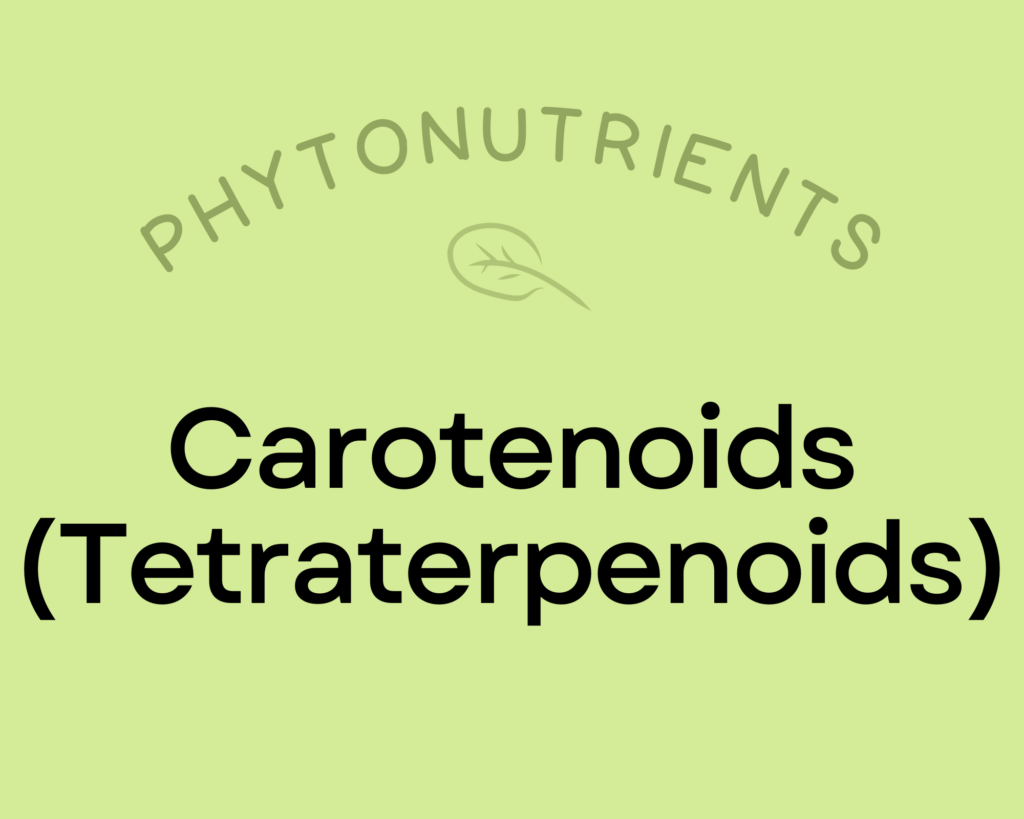
Carotenoids are a diverse group of phytonutrients that are responsible for giving fruits and vegetables vibrant red, orange, and yellow pigmentation. They were one of the earliest phytonutrients ever investigated by scientists (with research dating back to the 1800s!). Across studies, eating foods high in carotenoids appears to reduce the risk of head and neck cancers, supports vision health (particularly age-related eye diseases), may protect against metabolic syndrome and diabetes, and can reduce inflammation. Carotenoids have strong antioxidant properties, and help facilitate communication between cells by promoting the synthesis of connexin proteins, which create gap junctions in cell membranes that allow small molecules to be exchanged (which is part of how cells “talk” to each other!). Consuming carotenoids with fat significantly increases their absorption. Learn more about carotenoids here.
Japanese Persimmon Provides 26% DV Manganese
Japanese persimmon is an excellent source of manganese, providing 26% of the daily value per 1-cup serving!
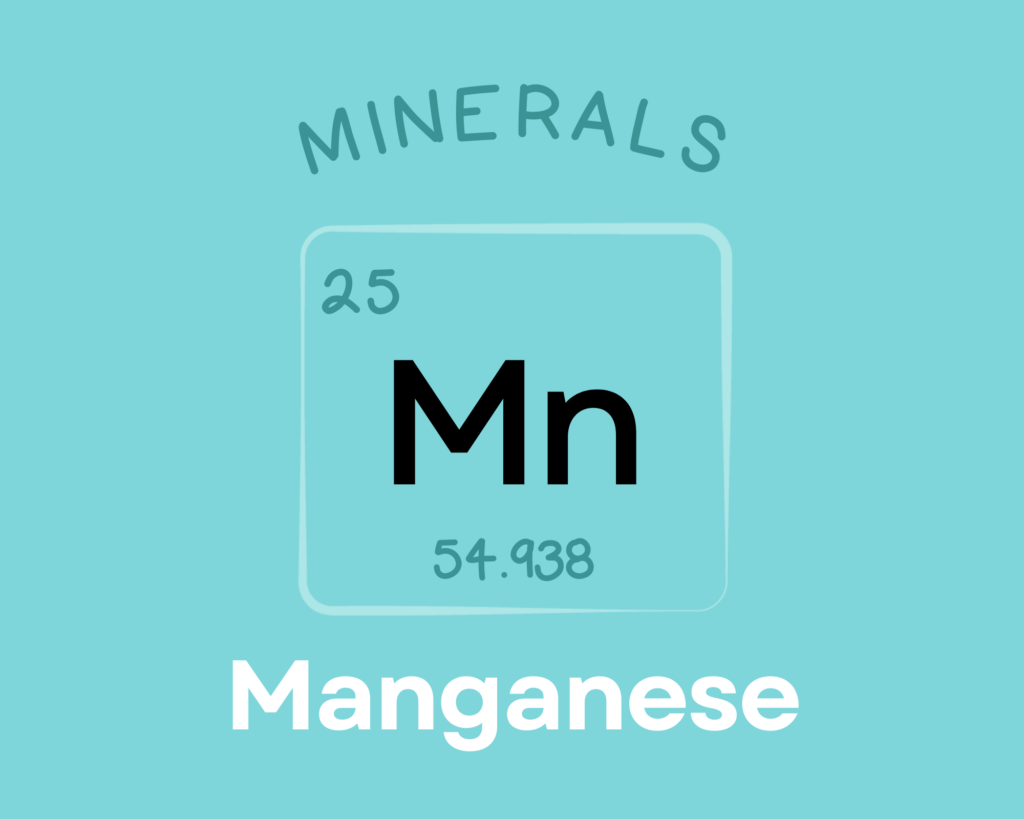
Manganese is an essential mineral that serves as a cofactor and component of numerous enzymes. Through these roles, it’s involved in carbohydrate metabolism, amino acid synthesis, gluconeogenesis, detoxification, lipid processing, free radical defense, bone and collagen formation, and wound healing. Although the research so far is limited, some evidence suggests that manganese can protect against osteoporosis and diabetes, and may even be involved in seizure disorders. Learn more about manganese here.
Japanese Persimmon Provides 6.0 g of Fiber
Japanese persimmon is also an excellent source of dietary fiber, providing 6.0 g of fiber per 1-cup serving!
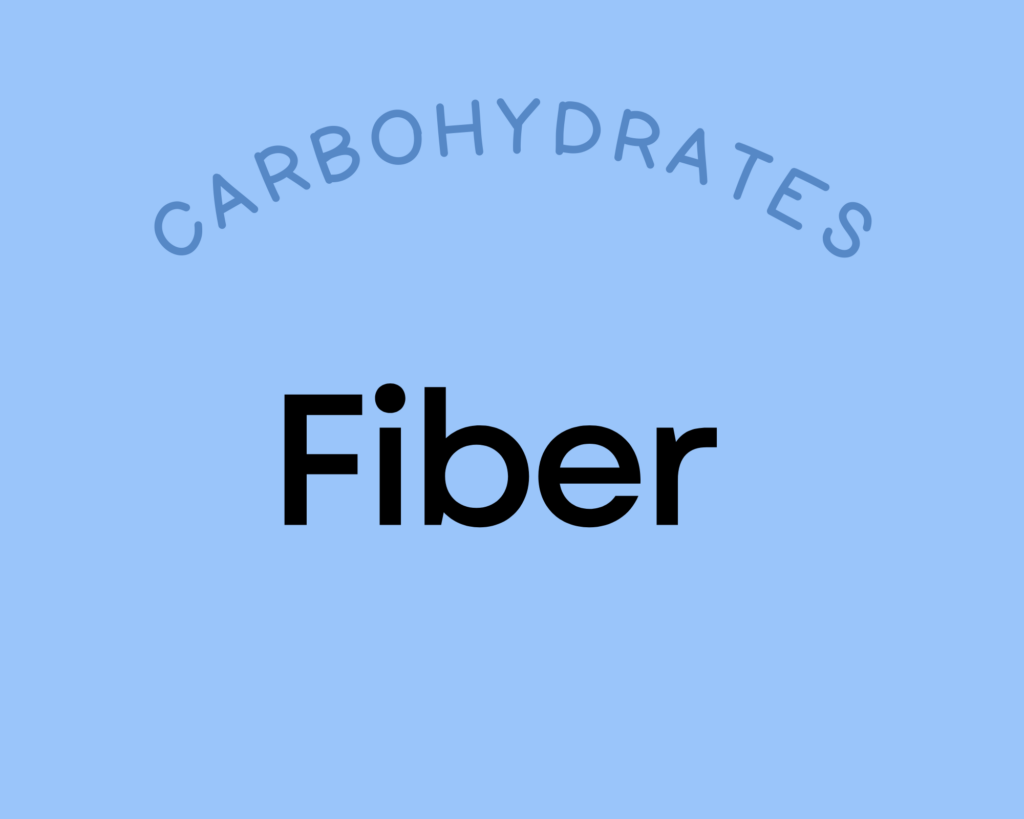
Fiber serves as substrate for the trillions of microbes that inhabit our digestive tracts, collectively referred to as the gut microbiome. Through their metabolism of fiber, these resident microbes benefit us in a whole host of ways, including aiding digestion, vitamin production, detoxification, regulation of cholesterol metabolism, providing resistance to pathogens, immune regulation, neurotransmitter regulation, regulation of gene expression, and more! In fact, every human cell is impacted by the activities of our gut microbes. A healthy gut microbial community is essential for our health. And, the converse is also true: An aberrant gut microbiome has been linked to conditions as wide-ranging as cancer, obesity, diabetes, cardiovascular disease, anxiety, depression, neurodegenerative diseases, autism, autoimmune disease, ulcers, IBD, liver disease, gout, PCOS, osteoporosis, systemic infections, allergies, asthma, and more!
Fiber has other benefits, like regulating peristalsis of the intestines (the rhythmic motion of muscles around the intestines that pushes food through the digestive tract), stimulating the release of the suppression of the hunger hormone ghrelin (so we feel more full), and slowing the absorption of simple sugars into the bloodstream to regulate blood sugar levels and avoid the excess production of insulin. Fiber also binds to various substances in the digestive tract (like hormones, bile salts, cholesterol, and toxins) and, depending on the type of fiber, can facilitate either elimination or reabsorption (for the purpose of recycling, which is an important normal function for many substances like bile salts and cholesterol), both of which can be extremely beneficial—if not essential—for human health.
The recommended dietary intake for fiber is 14 grams per 1000 kcal, which translates to 28 grams of fiber, if you eat a 2,000 calorie per day diet. However, there are many studies showing greater benefits from even higher levels of intake. Lear more about fiber here.
Japanese Persimmon Provides 21% DV Copper
Japanese persimmon is an excellent source of copper, providing 21% of the daily value per 1-cup serving!
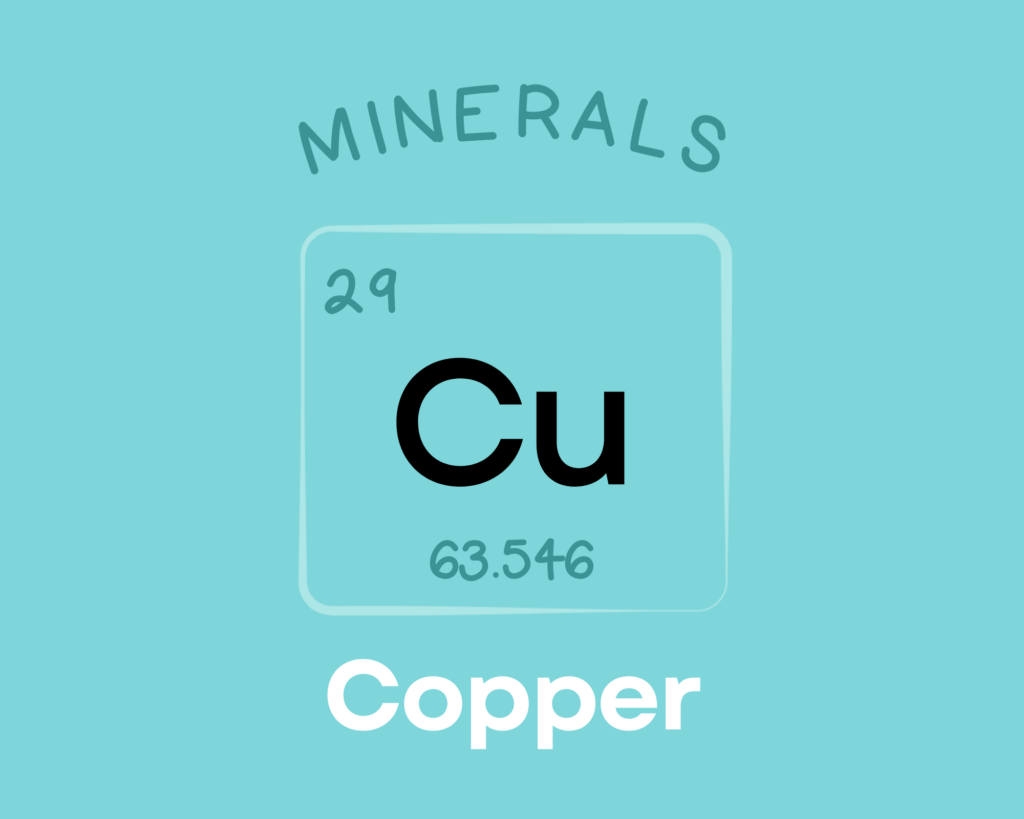
Copper is a trace mineral that’s essential for all living organisms. Copper serves as a component of numerous enzymes and proteins in the body, giving it diverse roles in the growth, development, and maintenance of various organs (including the heart and brain), bone, and connective tissue. Copper is also involved in glucose and cholesterol metabolism, helps regulate gene expression, can scavenge free radicals, and is needed for the production of red blood cells. Learn more about copper here.
Want to know the top 500 most nutrient-dense foods?
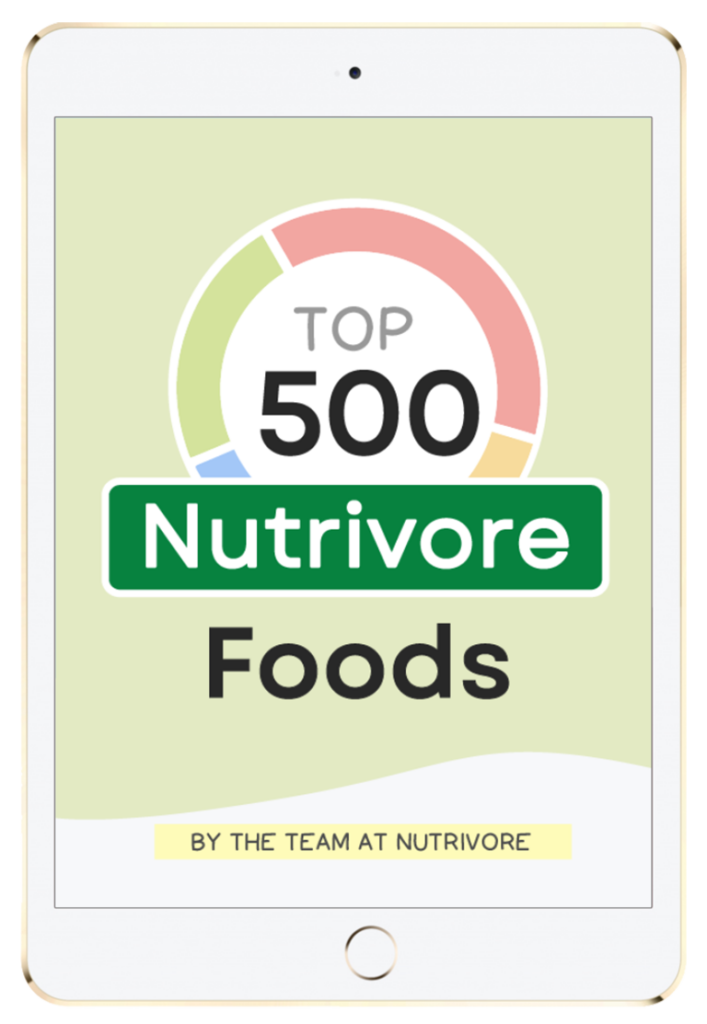
Top 500 Nutrivore Foods
The Top 500 Nutrivore Foods e-book is an amazing reference deck of the top 500 most nutrient-dense foods according to their Nutrivore Score. Think of it as the go-to resource for a super-nerd, to learn more and better understand which foods stand out, and why!
If you are looking for a quick-reference guide to help enhance your diet with nutrients, and dive into the details of your favorite foods, this book is your one-stop-shop!
Buy now for instant digital access.
How Much Japanese Persimmon Should We Eat Per Day?
Vilified for its higher sugar content, tropical fruit sometimes gets a bad rap even though these tasty fruits provide plenty of health benefits!
Eating two or three servings of fruit per day is optimal from a health perspective. A 2017 systemic review and meta-analysis looked at how all-cause mortality was impacted by varying intakes of 12 different food groups: whole grains and cereals, refined grains and cereals, vegetables, fruits, nuts, legumes, eggs, dairy products, fish, red meat, processed meat, and sugar-sweetened beverages. This analysis revealed non-linear relationships between how much of a particular food group we eat and how it impacts our health. While the results revealed no upper limit to the benefits of vegetable intake, the sweet spot for fruit intake was 300 grams daily. Intakes of fruit over 400 grams per day were not as beneficial as 300 grams, but the good news is that even intakes of 600 grams of fruits per day was superior to no fruit at all! This sweet spot for fruit intake translates to 2 to 3 servings of fruit daily.
And a 2018 review similarly concluded that two to three servings of fruit daily was optimal for reducing risk of cardiovascular disease, type 2 diabetes, obesity, chronic obstructive pulmonary disease, chronic constipation, and inflammatory bowel disease.
Fruit makes a convenient snack, a healthy dessert, a whimsical addition to salads, and a sophisticated flavoring agent in the form of salsas, jams, and chutneys. A serving is standardized to 1 cup chopped for raw vegetables and fruits (typically translates to 1/2 cup to 2/3 cup once cooked). Learn more in Importance of Vegetables and Fruit
It’s always best to mix up the fruit and veggies you eat day to day (aiming for a wide variety of different vegetables and fruits throughout the week), and persimmons definitely have a place at the table.
Easily track your servings of Nutrivore Foundational Foods!

The Nutrivore Weekly Serving Matrix
The Nutrivore Weekly Serving Matrix digital resource is an easy-to-use and flexible weekly checklist designed to help you maximize nutrient-density and meet serving suggestions of Nutrivore foundational foods, all without having to weigh or measure your foods!
Includes a 22-page instructional guide and downloadable interactive guides.
Buy now for instant digital access.
cITATIONS
Expand to see all scientific references for this article.
Denev P, Yordanov A. Total polyphenol, proanthocyanidin and flavonoid content, carbohydrate composition and antioxidant activity of persimmon (Diospyros kaki L) fruit in relation to cultivar and maturity stage. Bulgarian Journal of Agricultural Science. 2013 Jan;19(5):981-988.
Halliwell B, Cheah IK, Tang RMY. Ergothioneine – a diet-derived antioxidant with therapeutic potential. FEBS Lett. 2018 Oct;592(20):3357-3366. doi: 10.1002/1873-3468.13123. Epub 2018 Jun 15. PMID: 29851075.
Pravst I, Zmitek K, Zmitek J. Coenzyme Q10 contents in foods and fortification strategies. Crit Rev Food Sci Nutr. 2010 Apr;50(4):269-80. doi: 10.1080/10408390902773037. PMID: 20301015.
Simonne A, Payne J, Koehler P, Eitenmiller R. Provitamin A (alpha-carotene, beta-carotene and beta-cryptoxanthin) and ascorbic acid content of Japanese and American persimmons. Journal of Food Quality. 2007 May;13(2):85-95. doi: 10.1111/j.1745-4557.1990.tb00009.x.
USDA Food Central Database: Persimmons, japanese, raw
Watanabe T, Kioka M, Fukushima A, Morimoto M, Sawamura H. Biotin content table of select foods and biotin intake in Japanese. Int J Anal Bio-Sci. 2014. Vol 2(4):109-125.


